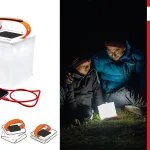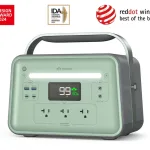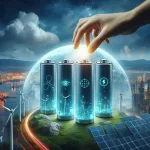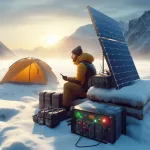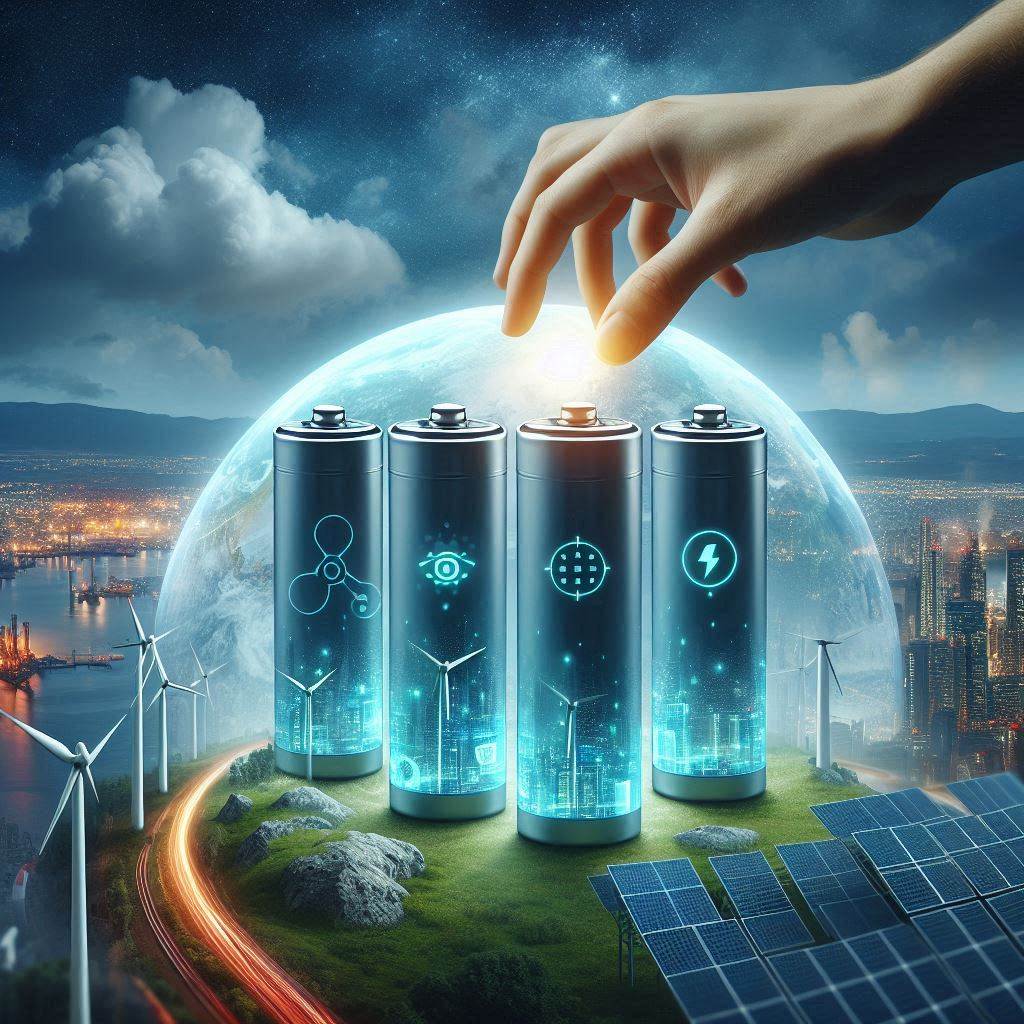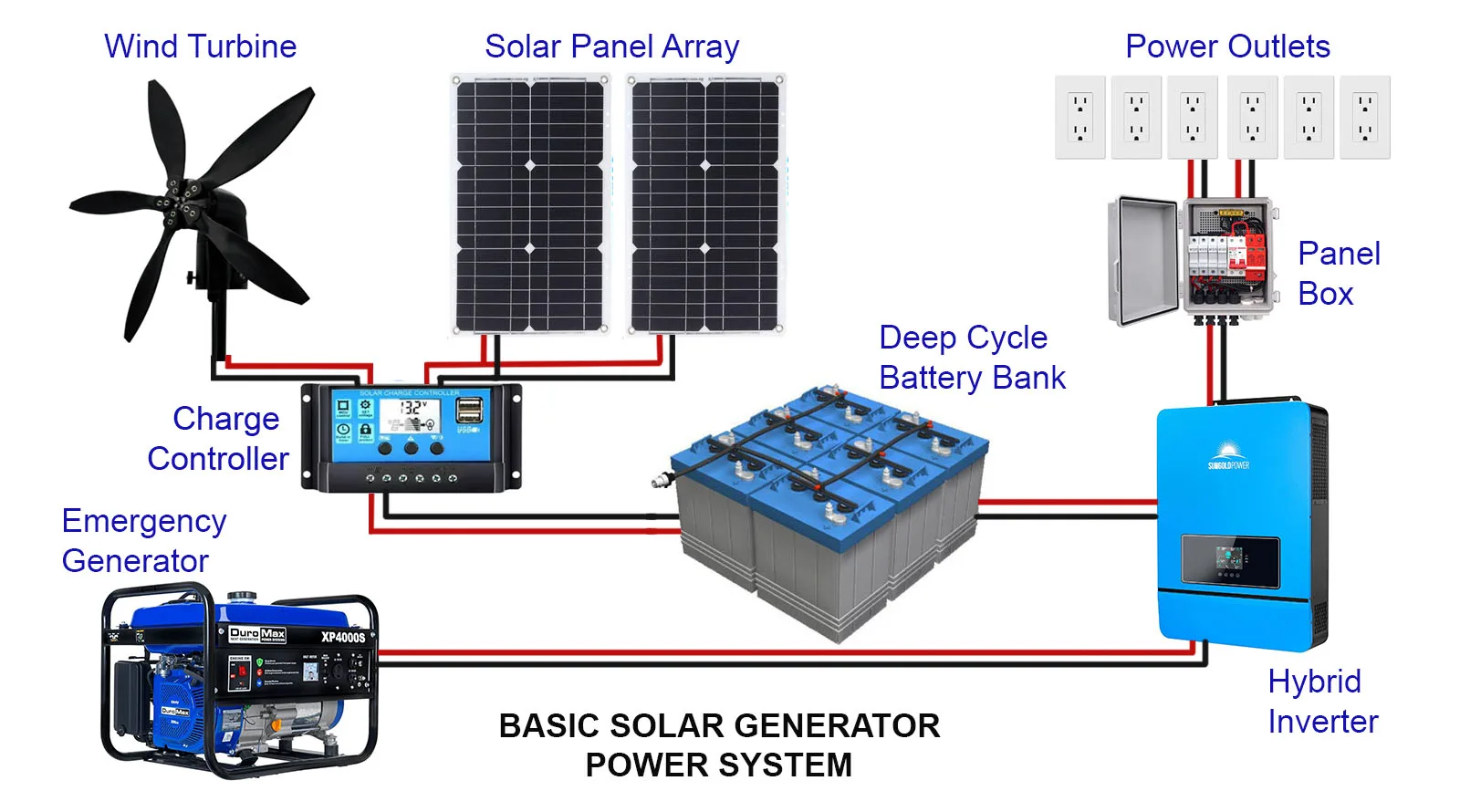In today’s unpredictable world, where natural disasters and power outages are increasingly common, having a reliable source of energy is vital. Traditional generators, which rely on fossil fuels, can be noisy, costly, and harmful to the environment. As an alternative, renewable energy sources like solar, wind, and hydro power are becoming popular choices for disaster preparedness. These sustainable energy options provide clean, reliable power during emergencies without depending on external fuel supplies, making them ideal for anyone looking to be self-sufficient in a crisis.
1. Solar Power: Harnessing the Sun for Emergencies
Solar power is one of the most accessible and widely used forms of renewable energy. It harnesses the sun’s energy through photovoltaic (PV) panels, which convert sunlight into electricity. For disaster preparedness, solar power offers several significant advantages:
- Reliability and Availability: The sun is a consistent energy source, and with a properly installed solar panel system, you can generate electricity even during grid outages. Modern solar panels can function in cloudy conditions, though at reduced efficiency.
- Low Maintenance: Solar panels require minimal maintenance, mainly periodic cleaning and inspections, making them an excellent low-hassle option for emergencies.
- Scalability and Portability: Solar setups can be scaled from small, portable panels to large rooftop installations, making them versatile. Portable solar panels and solar generators can be used for camping, in vehicles, or as backup power in homes.
However, there are some downsides to consider. Solar panels rely on sunlight, which may not always be available during extended periods of cloudy weather or in certain geographic locations. Additionally, energy production is reduced at night, requiring a storage solution like batteries to ensure power availability when the sun isn’t shining.
Jackery Solar Generator 1000, 1002Wh Capacity with 2xSolarSaga 100W Solar Panels, 3x1000W AC Outlets, Portable Power Station Ideal for Home Backup, Emergency, RV Outdoor Camping Black, Orange
2. Wind Power: Tapping into Natural Air Currents
Wind energy is another renewable source that can be invaluable for disaster preparedness. Small-scale wind turbines can be installed on residential properties to generate electricity from wind currents.
- Constant Energy Source: Unlike solar panels, wind turbines can operate 24/7, as long as there is wind, making them a continuous source of energy. This is particularly useful in regions with high wind speeds.
- Durability: Well-built wind turbines are designed to withstand harsh weather conditions, including strong winds and storms, making them reliable even in disaster scenarios.
- Energy Independence: Installing a wind turbine gives you control over your energy production, reducing your reliance on the electrical grid.
However, wind energy also comes with challenges. The efficiency of wind turbines depends heavily on the local wind conditions; areas with low average wind speeds may not see much benefit. Wind turbines can also be more expensive upfront compared to solar panels and may require more maintenance due to moving parts. Noise and aesthetic concerns can also be a factor, particularly in residential areas.
3. Hydro Power: Generating Electricity from Water Flow
For those with access to flowing water, micro-hydro power systems offer a reliable and continuous source of energy. These systems harness the kinetic energy from moving water, such as a stream or river, and convert it into electricity.
- Constant Power Supply: Unlike solar and wind power, hydro power systems can provide a steady and reliable source of electricity as long as the water source is flowing. This makes them ideal for locations with access to a consistent water supply.
- High Efficiency: Micro-hydro systems are highly efficient, often converting up to 90% of the energy in flowing water into electricity. This efficiency is much higher than that of solar or wind power.
- Minimal Maintenance: Properly installed hydro power systems can operate for long periods with minimal maintenance, making them a low-effort solution for continuous power.
However, hydro power has limitations, primarily its dependency on a nearby water source. It is only viable for homes or properties located near streams, rivers, or other flowing water. Additionally, hydro installations can be complex and require regulatory approval in some areas, potentially complicating the setup process.
4. Integrating Renewable Energy Systems for Disaster Preparedness
Using a combination of solar, wind, and hydro power can provide a more reliable and robust energy solution during a disaster. This hybrid approach ensures that if one energy source becomes unavailable, others can compensate, offering a more resilient energy system.
- Battery Storage: To maximize the benefits of renewable energy, incorporating a reliable battery storage system is essential. Batteries store excess energy generated by solar panels, wind turbines, or hydro systems, ensuring power is available even when conditions aren’t favorable for energy production. Modern lithium-ion batteries, such as lithium iron phosphate (LiFePO4), offer long life, deep discharge capability, and high efficiency, making them ideal for disaster preparedness setups.
- Smart Inverters and Charge Controllers: Integrating smart inverters and charge controllers can optimize the energy conversion and storage process, maximizing the efficiency of the renewable energy system.
Best Portable Solar Power Stations 2024
5. Conclusion: Preparing for Disasters with Clean Energy
Solar, wind, and hydro power each offer unique advantages for disaster preparedness. Solar power is versatile and low maintenance, wind power provides continuous energy in windy conditions, and hydro power offers a steady energy supply for those near water sources. By integrating these renewable energy sources with proper storage solutions, you can create a resilient, sustainable, and reliable power system ready to face any emergency. Preparing with renewable energy not only ensures you have power when you need it most but also contributes to a cleaner, more sustainable future.
Meet Hajime, your passionate blogger-prepper who believes in empowering individuals and communities with the knowledge and skills necessary to make the art of prepping accessible and practical for everyone.


